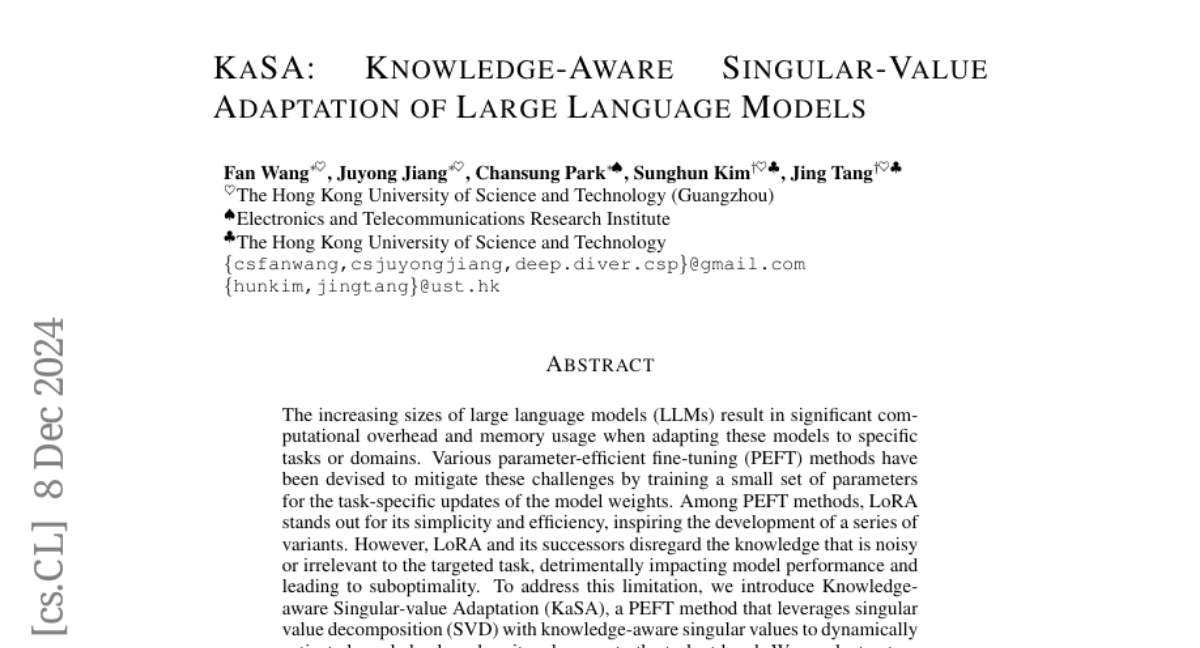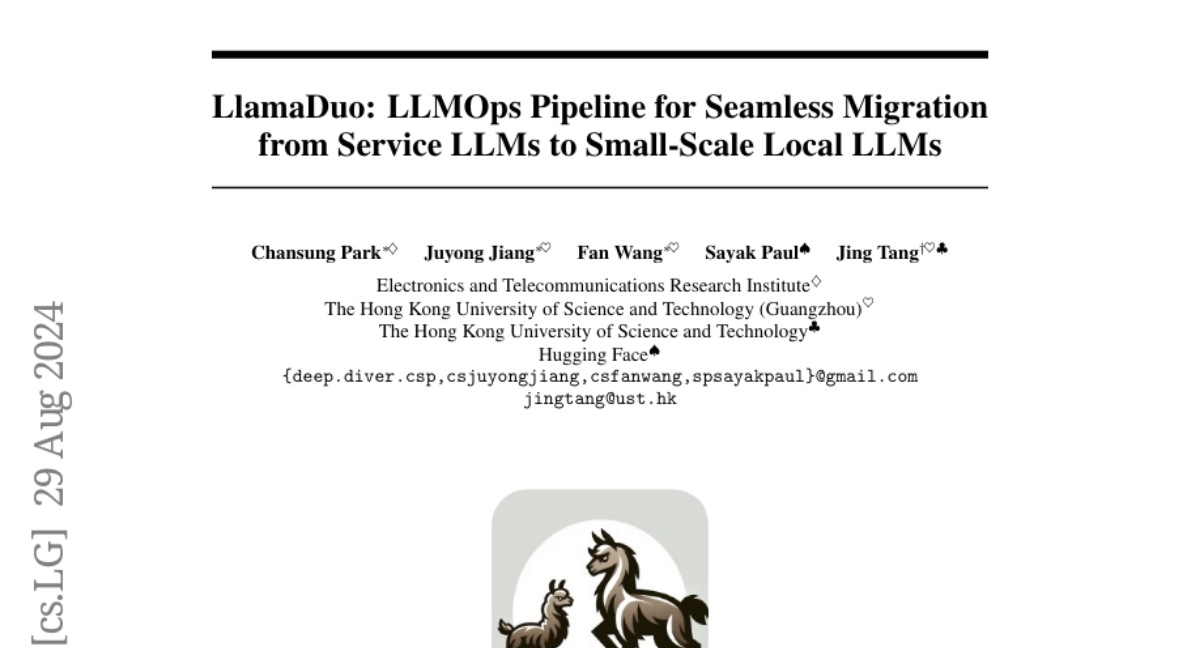Post
4424
YAML engineering becomes more and more important than ever from infra provisioning to model training (recipes).
Here, I built a simple editor first for @dstackai , and I will share the live endpoint this week. Let me know what you think about this approach.
Based on this approach, if people think this is useful, I am going to do the same thing for the LLM training recipes for popular frameworks such as Hugging Face open-r1, Axolotl, and so on. Let me hear.
Here, I built a simple editor first for @dstackai , and I will share the live endpoint this week. Let me know what you think about this approach.
Based on this approach, if people think this is useful, I am going to do the same thing for the LLM training recipes for popular frameworks such as Hugging Face open-r1, Axolotl, and so on. Let me hear.

